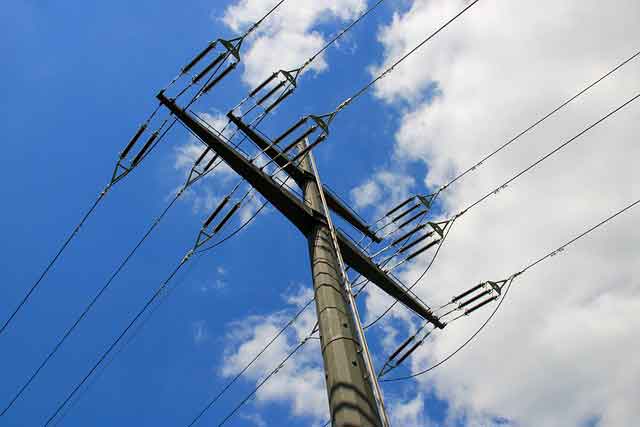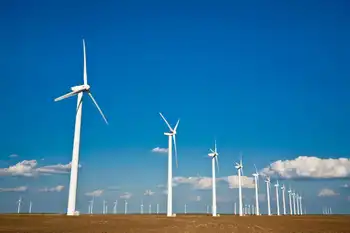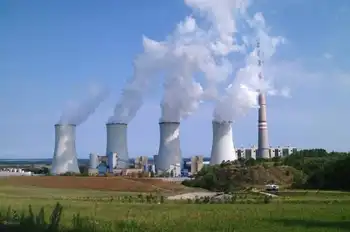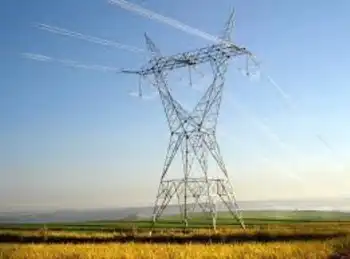KHNP is being considered for Bulgarian Nuclear Power Plant Project

Arc Flash Training CSA Z462 - Electrical Safety Essentials
Our customized live online or in‑person group training can be delivered to your staff at your location.

- Live Online
- 6 hours Instructor-led
- Group Training Available
KHNP Shortlisted for Belene Nuclear Power Plant, named by the Bulgarian Energy Ministry alongside Rosatom and CNNC; highlights APR1400 reactor expertise, EPC credentials, and expansion into the European nuclear energy market.
Key Points
KHNP is a strategic investor candidate for Bulgaria's Belene NPP, leveraging APR1400 and European market entry.
✅ Selected with Rosatom and CNNC by Bulgarian Energy Ministry
✅ Builds on APR1400 reactor design and EPC track record
✅ Positions KHNP for EU nuclear projects and O&M services
Korea Hydro & Nuclear Power (KHNP) has been selected as one of the three strategic investor candidates for a Bulgarian nuclear power plant project amid global nuclear project milestones worldwide.
The Bulgarian Energy Ministry selected KHNP of Korea, RosAtom of Russia and CNNC of China as strategic investor candidates for the construction of the Belene Nuclear Power Plant, KHNP said on Dec. 20. The Belene Nuclear Power Plant is the second nuclear power plant that Bulgaria plans to build following the 2,000-megawatt Kozloduy Nuclear Power Plant built in 1991 during the Soviet Union era. The project budget is estimated at 10 billion euros.
By being included in the shortlist for the Bulgarian project, KHNP has boosted the possibility of making a foray into the European nuclear power plant market, as India takes steps to get nuclear back on track worldwide. KHNP began to export nuclear power plants in 2009 by winning the UAE Barakah Nuclear Power Plant Project, with Barakah Unit 1 reaching 100% power as it moves toward commercial operations. The UAE plant will be based on the APR1400, a next-generation Korean nuclear reactor that is used in Shin Kori Units 3 and 4 in Korea.
The ARP1400 is a Korean nuclear reactor developed by KHNP with investment of about 230 billion won for 10 years from 1992. The nuclear reactor became the first non-U.S. type reactor to receive a design certificate (DC) from the U.S. Nuclear Regulatory Commission (NRC), as China's nuclear energy program continues on a steady development track globally. By receiving the DC, its safety was internationally recognized. In June, the company also won the maintenance project for the Barakah Nuclear Power Plant, completing the entire cycle from the construction of the nuclear power plant to its design, operation and maintenance. However, U.S. and U.K. companies took part of the maintenance project for the nuclear power plant.
In July, KHNP officials visited Turkey and contacted local energy officials to prepare for nuclear power plant projects to be launched in that country, as Bangladesh develops nuclear power with IAEA assistance in the region. Earlier in May, the company also submitted a proposal to participate in the construction of a new nuclear power plant in Kazakhstan, while Kenya moves forward with plans for a $5 billion plant.











